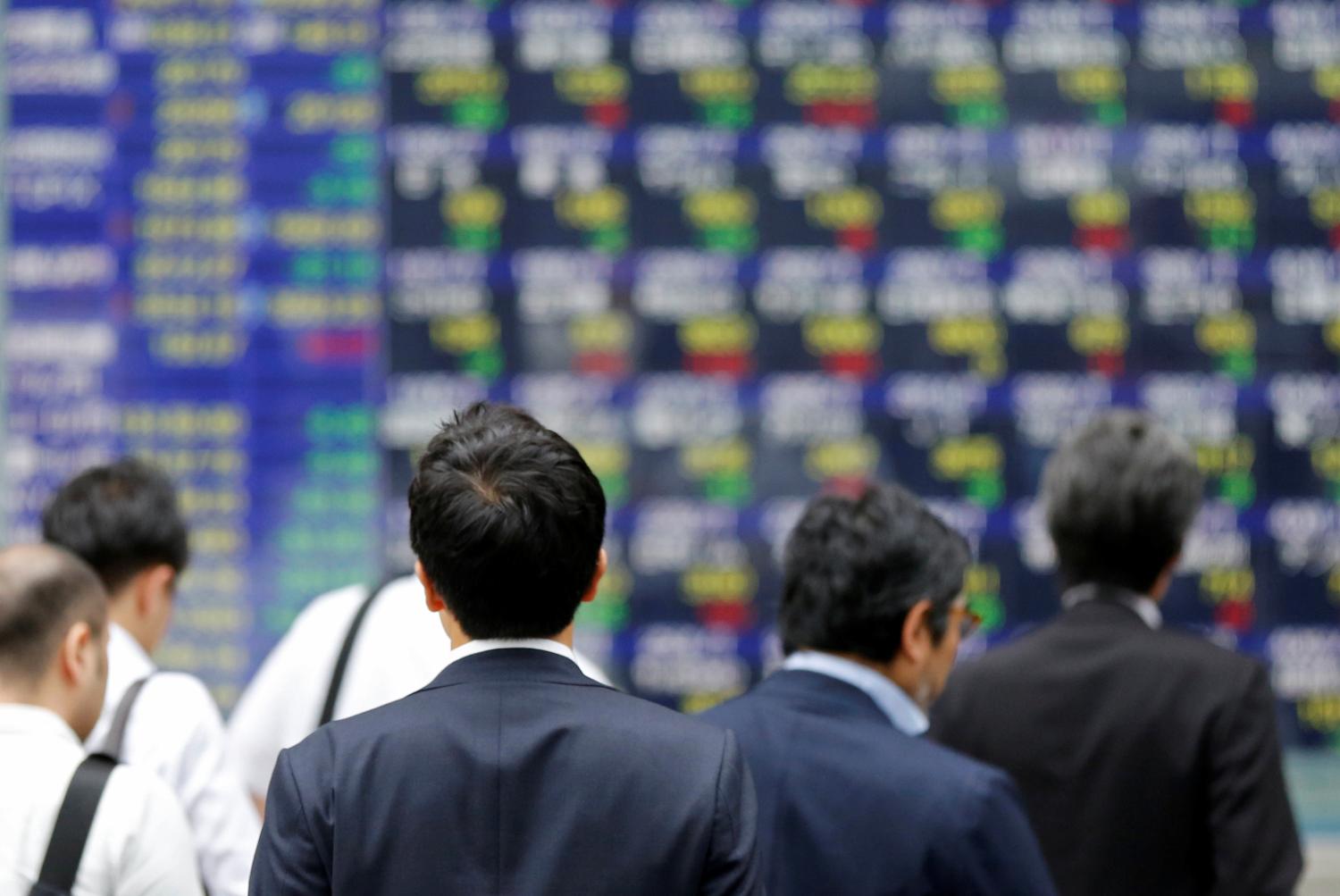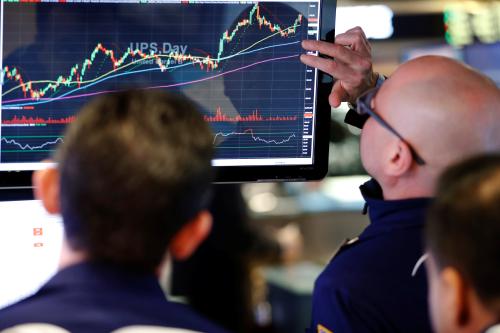In collaboration with the Financial Times (FT), Eswar Prasad and Karim Foda of Brookings have developed a set of composite indexes which track the global economic recovery. The Tracking Indexes for the Global Economic Recovery (TIGER) is also featured in the Financial Times. A version of the commentary also appears in the Nikkei Asian Review.
The world economy has settled into a holding pattern, with a broad-based but plodding recovery characterized by weak productivity and investment growth. Both advanced and emerging market economies have maintained modest growth momentum, but policymakers seem averse to the broader and tougher reforms that may be necessary to kick growth into a higher gear.
The advanced economies are experiencing a steady yet mostly lethargic pace of growth, held back by stagnant productivity. On the plus side, falling unemployment rates and rising capacity utilization point to a more solid foundation for the recovery, while low inflation leaves room for monetary policy to remain accommodative if needed. Business and consumer confidence have perked up in many advanced and emerging market economies, but this has not yet been reflected in substantially stronger investment demand.
Financial markets around the world continue to deliver good returns for investors, although concerns about equity market overvaluations, along with potential underpricing of geopolitical and economic risks, point to the brittleness of equity markets. Sluggish credit growth remains a drag in the U.S. and major emerging market economies such as China and India. The revival in global trade growth is a positive portent, but protectionist pressures and weak domestic demand growth in major economies could derail that momentum.
Click a country name below the Composite Index to view charts for the main TIGER indexes by country and charts for the indicators that make up the indexes, which are broken down by real activity, financial, and confidence indicators for advanced economies and emerging markets.
The U.S. economic recovery continues to trudge along, with a falling unemployment rate and tepid growth in GDP, industrial production, and capacity utilization. Weak wage growth and muted inflationary pressures suggest a breakdown of the traditional relationship between labor market indicators and inflation, leaving room for monetary policy to remain accommodative if needed. Consumer and business confidence have leveled off, while productivity growth and business investment remain low, all of which augurs poorly for higher GDP growth.
The eurozone continues to deliver a combination of modest but steady growth and low inflation. Although this economic bloc is finally in a position to contemplate the normalization of monetary and fiscal policies, the resistance to broad structural reforms and rising tensions from centrifugal political dynamics in many countries have constrained investment growth.
Concerns about a messy Brexit continue to bedevil the U.K. economy, which has remained mired in low growth due to heightened political and economic uncertainties.
The Japanese economy is gradually consolidating its gains, with output growth firming up and deflationary risks receding. Private consumption and investment remain weak, however, reflecting damp consumer and business confidence.
China seems to have locked in to its desired short-term growth trajectory. Industrial output, capacity utilization rates, and industrial profits are all improving. The major concern about China’s growth trajectory continues to be the risks accumulating in the financial system, which could prove difficult and costly to resolve. Credit growth has slowed but, despite the central bank’s attempts to improve the allocation of bank credit, much of it is still directed to the low-productivity state enterprise sector.
The shine has come off India’s growth. GDP growth has slipped below 6 percent, exposing underlying fragilities in the economy. The demonetization last November and the new goods and services tax could have long-term benefits but have fallen prey to a mix of weak design, poor implementation, and inadequate follow-through. Rather than relying just on monetary and fiscal stimulus, the government needs to undertake a serious reform effort to resuscitate private investment.
Brazil, Russia, and South Africa are gradually shifting back to positive growth, although they remain vulnerable, in varying degrees, to unfavorable commodity price shocks and capital flow reversals. Political uncertainties in Brazil and South Africa add to their vulnerabilities, and could hamper the consolidation of their recoveries.
With a relatively benign mix of growth and inflation in most major advanced and emerging market economies, their governments and central banks have earned some breathing space. However, the combination of weak productivity and investment growth does not portend well for an increase in growth or even for the sustainability of the current low growth.
Trade conflicts and geopolitical uncertainties remain a clear and present danger to the global economic recovery. Policymakers should use the breathing space they have been granted to strengthen the resilience of their economies and policy frameworks to the inevitable next downturn. Otherwise, next time may be no different.






